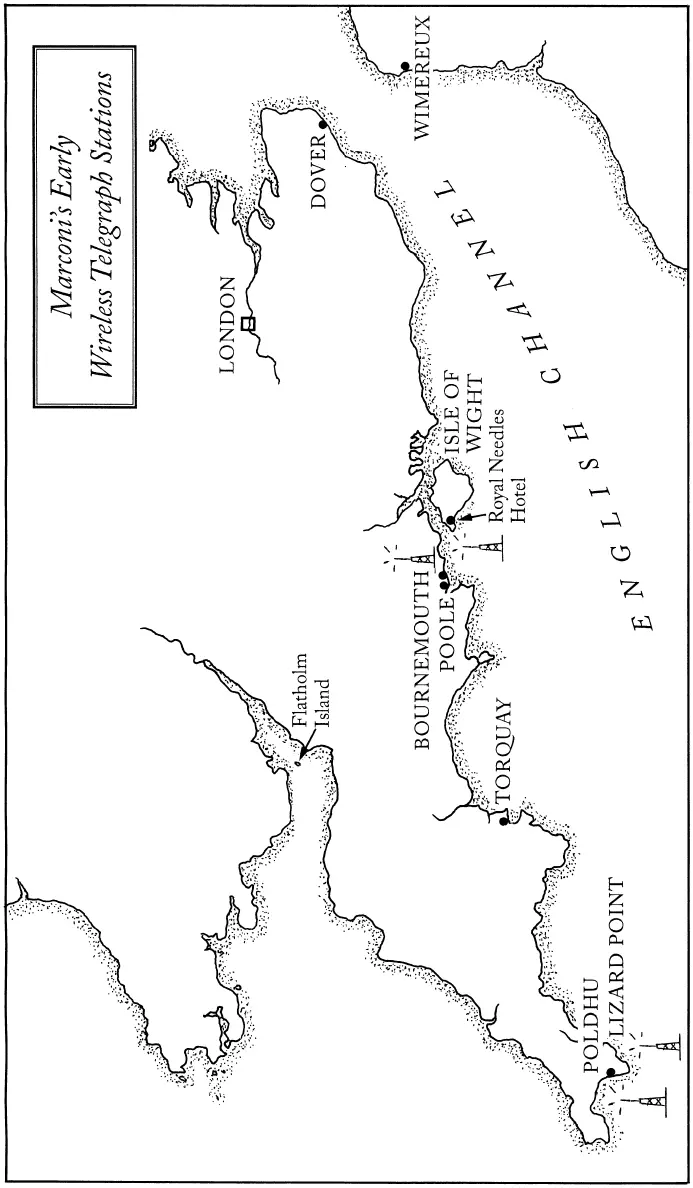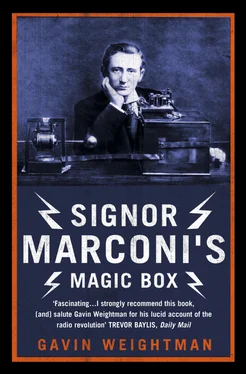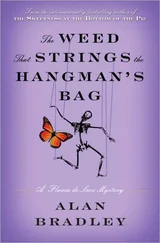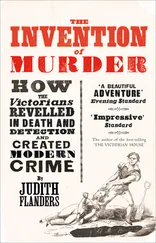
On a winter’s evening in 1896 a brougham, a four-wheeled cab drawn by a single horse, left the fashionable stuccoed terraces of west London and headed eastwards along the dirt roads and cobbled streets of the capital, which glistened in the gaslight under a light rain. The passengers were a young man who had with him two large black boxes, and a gentleman in his sixties sporting a long grey beard, his thinning hair pasted to his head in a centre parting. Steam rose from the horse’s flanks in the dank air as the brougham rattled through the canyons of streets in the City and, leaving the Square Mile, came to the fitfully-lit roads of Whitechapel. This was the frontier of the notorious East End, where only a few years earlier Jack the Ripper had mutilated his victims and left them dead or dying in dark alleyways.
The cab turned onto Commercial Street, and the young man peered through the smoke-filled air for a sight of their destination. Finally they lurched off the main road and entered a courtyard fronting an elegant building that looked as if it might have stood there for hundreds of years. This was Toynbee Hall, which had in fact been completed just fifteen years previously. It was the inspiration of the remarkable Canon Barnett, vicar of the poverty-stricken parish of St Jude’s in Whitechapel, who had chosen to conduct his missionary work not in Africa but in that part of the capital William Booth, founder of the Salvation Army, had called ‘Darkest London’. Toynbee Hall, modelled on Oxford and Cambridge’s colleges, was a ‘settlement’ built with money subscribed by those ancient universities. Here some of the leading figures of the coming generation of politicians and civil servants were invited to live for months at a time, so they could learn about poverty and offer some culture and instruction to the poor. There was a large lecture theatre, in which many distinguished people had delivered their opinions on the great moral, political and scientific issues of the day. A few years later the Russian revolutionary Vladimir Ilyich Lenin would attend lectures at Toynbee Hall.
The speaker this evening, Saturday, 12 December 1896, was not the young man who unloaded his black boxes from the cab: he and his apparatus were to be the star turn of the lecture which was to be given by his older companion. The two had met for the first time only that April, and the bearded Victorian gentleman had subsequently been so impressed by the young man’s invention that he had become his patron. Some private demonstrations of what the black boxes could achieve had been given on the rooftops of London and out on the open chalk lands of Salisbury Plain, where the British Army rehearsed cavalry charges close to the Neolithic monument of Stonehenge. But this evening at Toynbee Hall was to be the first exhibition of the magic boxes to a public audience. The lecture was entitled ‘Telegraphy without Wires’, a subject about which little was then known outside the science laboratory and the telegraph business itself.
Toynbee Hall was packed. The speaker, William Preece, had gained a reputation for delivering lucid and amusing public lectures on recent exciting scientific discoveries. On this evening he did not at first reveal who his accomplice was, but gave a little of the history as he knew it of methods of sending telegraph messages without a wire connection. As long ago as 1838 a German, Professor Steinbjel, one of half a dozen scientists who claimed to have invented the electric telegraph, had foreseen a time when it might be possible to do away with the cable altogether.
In fact, Preece continued, he himself had already achieved this. Just two years previously he had been astonished to discover that messages being sent on underground telegraph cables owned by the British Post Office could be picked up by the exchange of a telephone company in the City, which had its wires above ground. Somehow the electronic impulses in one wire had jumped across to another, creating, in effect, a form of ‘wireless’ communication. Some experiments had been carried out to see if this could be the basis of a new system of communication. Some limited success had been achieved, but that evening Preece had an important announcement to make about an entirely new form of wireless telegraphy. It was at this point, according to newspaper reports which appeared the following Monday, 14 December, that Preece introduced his audience to the young man who shared the platform with him. He was an Italian electrician named Guglielmo Marconi who, Preece explained, had come to him recently with his home-made equipment. This evening he and Signor Marconi would for the very first time demonstrate to a general audience the working of this system.
‘The apparatus was then exhibited,’ said the Daily Chronicle report. ‘What appeared to be just two ordinary boxes were stationed at each end of the room, the current was set in motion at one end and a bell was immediately rung in the other. To show there was no deception Mr Marconi held the receiver and carried it about, the bell ringing whenever the vibrations at the other box were set up.’ When Preece pressed a lever in the sending box there was the crack of an electric spark, and an instantaneous ringing in the receiver held by Marconi. The effect was achieved, the audience was told, by the transmission from the sending box of ‘electrostatic’ waves much the same as light. These were received by the other box, in which there was a device which, when activated, rang the bell. In other words, a signal was being sent around the lecture hall which was invisible, but as tangible in its effects as any telegraph impulse sent along a wire. And it followed Marconi wherever he went in the hall.
To any modern audience this device would look more like a mildly diverting toy than an invention at the very forefront of technology. No transmission of speech, or music, or anything now associated with radio was being demonstrated. No messages were being sent at all – just an invisible electronic signal. But in 1896 that was sensational enough. It was like some fantastic act at the music hall. In fact, those present might easily have dismissed the demonstration as the work of a magician and his assistant, for the young man had a suspiciously exotic Italian name, although he looked and talked like a smart Londoner about town. However, there could be no doubts about the credentials of the speaker: the sixty-two-year-old William Preece, shortly to become Sir William, was Chief Electrical Engineer of the single most powerful communications system in the world, the government-owned British Post Office.
Only a handful of people in London had heard of the twenty-two-year-old Guglielmo Marconi. He said a few words to the audience in his impeccable, slowly enunciated English when the demonstration was over. Without the authority given it by William Preece’s presence, the lecture would probably have had little impact, and the audience would have climbed back into their cabs and carriages muttering about the devious sleight of hand of foreigners. But Preece assured them that he had seen a number of demonstrations of this young man’s method of transmitting signals, and that it held out the very real prospect that, with some modifications, it would be able to send messages through the ether over distances of several miles. Marconi’s wireless waves could activate a Morse code printer, producing an instant and invisible means of conveying exactly the same kind of messages that were then being tapped in dots and dashes around the world on the global cable telegraph network.
Читать дальше













